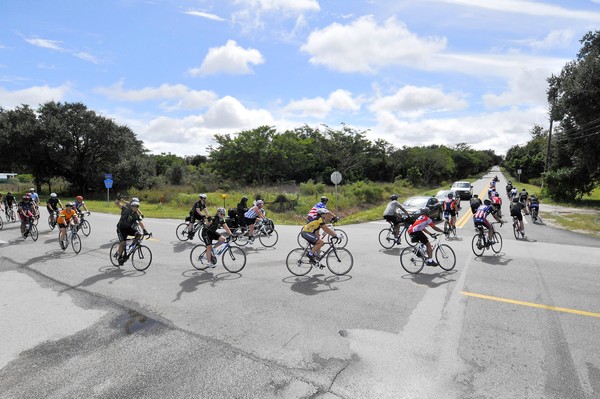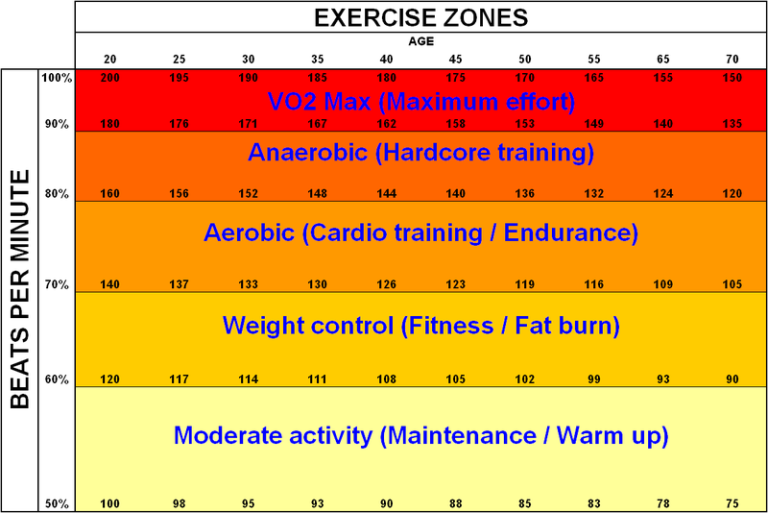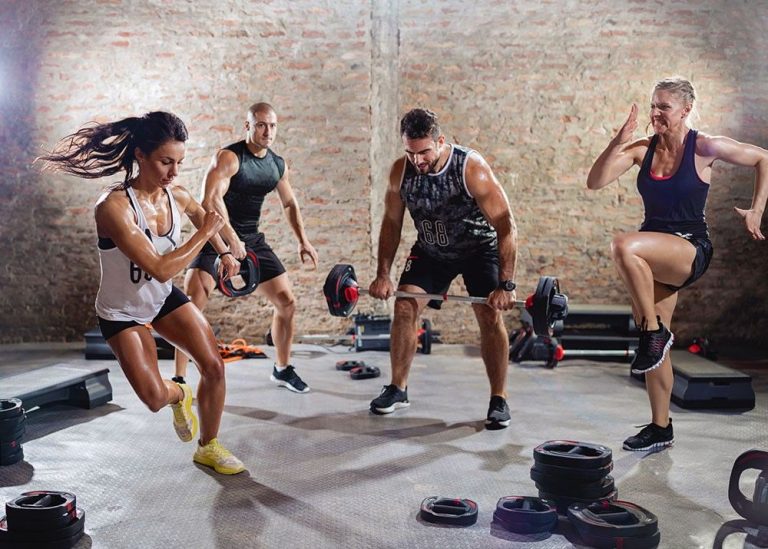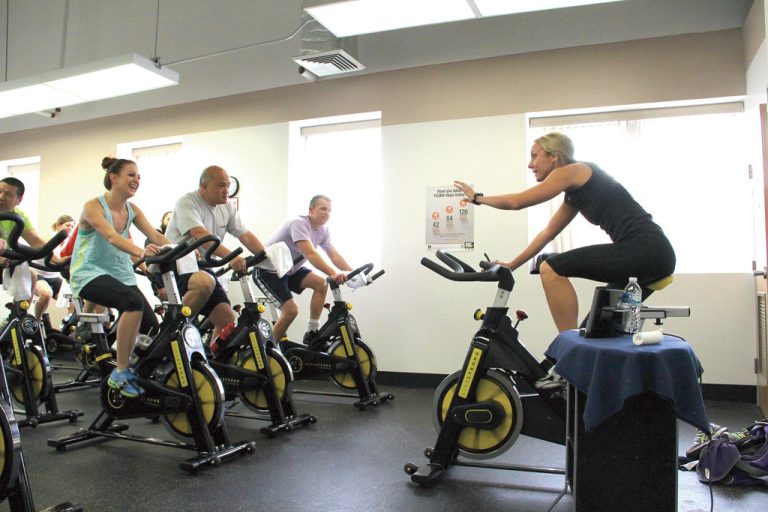Advanced Training Techniques for Endurance Cyclists: Mastering the Art of Recovery Rides
Endurance cycling is a test of physical prowess, mental resilience, and strategic planning. The ultra-cyclist, those who tackle events spanning hundreds of miles, require advanced training techniques to push their limits while maintaining optimal health. One of the most crucial yet often underrated aspects of training is the recovery ride. By incorporating recovery rides and other specialized endurance training methods, cyclists can improve their performance metrics, enhance their physiological recovery, and manage cycling fatigue effectively. This article delves into comprehensive strategies to elevate your training game.

The Importance of Recovery Rides
Understanding Recovery Rides
A recovery ride is a low-intensity cycling session intended to promote muscle recovery, enhance blood circulation, and alleviate cycling fatigue without impeding your training progression. Unlike high-intensity workouts, recovery rides focus on building your aerobic base while remaining within specific heart rate zones to facilitate active recovery.
Benefits of Recovery Rides
Recovery rides play a critical role in maintaining the balance between training workload and rest. Here are some benefits:
– **Muscle Recovery:** Gentle movements increase blood flow, improving nutrient delivery and waste removal from muscles.
– **Fatigue Management:** Keeps muscles active without significant energy expenditure, preventing hardcore fatigue.
– **Aerobic Base Development:** Provides a cardio boost to enhance endurance without stress-related burnout.
Interval Training for Endurance Cycling
Interval training involves alternating bouts of high and low-intensity cycling, allowing cyclists to improve ride intensity and cycling pace gradually. For ultra-cyclists, incorporating interval workouts can offer powerful results.
Designing Interval Sessions
– Select short bursts of intense workouts (from 30 seconds to 1 minute) followed by a few minutes of easy pedaling.
– Maintain a set pattern. For example, six reps of 1-minute effort followed by 2-minute recovery.
– Track progress using power meters or cycling performance metrics like W/kg (watts per kilogram).
Effectiveness of Interval Training
Interval training not only improves VO2 Max—the maximum rate of oxygen consumption—but also optimizes energy expenditure, enabling ultra-cyclists to ride faster for longer periods. **

**
HIIT for Cyclists: Unlocking Maximum Potential
High-Intensity Interval Training (HIIT) is a more aggressive form of interval training focused solely on maximum effort with minimal rest. It challenges cardiovascular and muscular systems, pushing athletes towards enhanced endurance and resilience.
Implementing HIIT Workouts
– Choose exercises that engage large muscle groups like sprints or hill climbs.
– Maintain heart rate zones above 85% of maximum for the high-intensity phase.
– Follow a strict routine with short high-effort bursts and quick rest intervals.
HIIT Impact on Endurance Cycling
Cyclists pursuing ultra-distances find that HIIT fosters quick adaptation and enhances cycling performance. Physiologically, it improves lactate threshold and oxygen uptake.
Power-Based Training for Ultra-Cycling
Power-based training is an advanced approach enabling cyclists to optimize training sessions based on specific power output rather than just duration or heart rate.
Setting Up and Monitoring Power-Based Training
– Invest in a reliable power meter to ascertain precise power metrics during workouts.
– Establish FTP (Functional Threshold Power) to benchmark training zones.
Maximizing Benefits
– Adjust workout duration, intensity, and cadence based on power data.
– Track power improvements using cycling cadence and power outputs for targeted adaptations.
Using Heart Rate Zones
Heart rate monitoring helps tailor training and recovery strategies, ensuring workouts remain within desired intensity levels.
Defining Heart Rate Zones
– Zone 1: Recovery (50-60% MHR)
– Zone 2: Endurance (60-70% MHR)
– Zone 3: Tempo (70-80% MHR)
Monitoring Heart Rate
Regular monitoring allows cyclists to fine-tune their sessions, promoting efficient post-ride recovery and reducing risks of overtraining.
Cycling Performance Metrics
Advanced metrics like cycling cadence, VO2 Max, and W/kg enable cyclists to track progress comprehensively.
Improving Cycling Cadence
– Aim for a cadence of 80-100 RPM for optimized speed and endurance.
– Use visuals like diagrams to chart cadence improvements.
VO2 Max Improvements
– Focus on consistent aerobic training and regular assessments.
– Visualize progress using infographic comparisons.
Mental Resilience and Motivation
Beyond physical prowess, ultra-cyclists need steadfast mental resilience and motivation.
Mindfulness Techniques
– Practice deep breathing to foster relaxation during rides.
– Incorporate mindfulness apps to reduce race-day anxiety.
Visualization Exercises
– Mentally rehearse routes and scenarios to increase confidence.
– Use visualization to ease pre-race nerves and improve focus.
Recovery Strategies and Techniques
Effective recovery strategies are essential in maintaining a balanced training regimen for ultra-cyclists.
Sleep Recovery
– Ensure 7-9 hours of sleep per night to aid muscle recovery and cognitive function.
– Maintain a consistent sleep schedule to optimize bodily restoration.
Nutrition and Hydration
– Consume carbohydrate-rich meals post-training for glycogen replenishment.
– Hydrate consistently to prevent dehydration and support energy balance.
Stretching and Foam Rolling
– Incorporate regular stretching and foam rolling to ease muscle tension.
– Focus on major cycling muscles such as quads, hamstrings, and calves.
Data and Metrics
Research indicates that cyclists adhering to structured training and recovery regimens experience significant improvements in performance metrics:
– A study by Springer found that interval training could increase VO2 Max by up to 15%.
– Harvard Health also highlighted that HIIT could burn up to 30% more calories compared to other exercises.
User Intent and Benefits
Cyclists striving to improve endurance and build resilience through advanced training techniques can benefit in various ways:
– Enhanced endurance and stamina.
– Increased power output and riding efficiency.
– Better fatigue management and faster recovery times.
FAQs
What is the ideal duration for a recovery ride?
Recovery rides should typically last between 30-60 minutes at a comfortable pace, focusing on easing fatigue rather than intense training.
How do I measure improvement in VO2 Max?
VO2 Max improvements can be tracked via laboratory testing or estimated through performance tracking over time using cycling monitors.
Can HIIT be a part of ultra-cycling training?
Yes, HIIT is beneficial for enhancing cardiovascular endurance and can be effectively integrated into ultra-cycling training programs.
How do I manage race-day anxiety?
Utilizing mindfulness techniques, visualization exercises, and proper preparation can help alleviate race-day anxiety, keeping you focused and calm.
What role does cycling cadence play in performance?
Cycling cadence, or revolutions per minute, affects endurance and speed; it should be optimized to maintain energy efficiency and minimize fatigue.
Conclusion
Incorporating advanced training techniques such as interval and power-based workouts, along with mental resilience exercises, can significantly elevate your cycling performance. Emphasizing recovery rides within your training schedule fosters efficient muscle recovery and balances cycling fatigue and energy expenditure. By adopting these specific strategies, ultra-cyclists can achieve their peak performance goals. Try these methods, and share your experience to inspire fellow cyclists.






